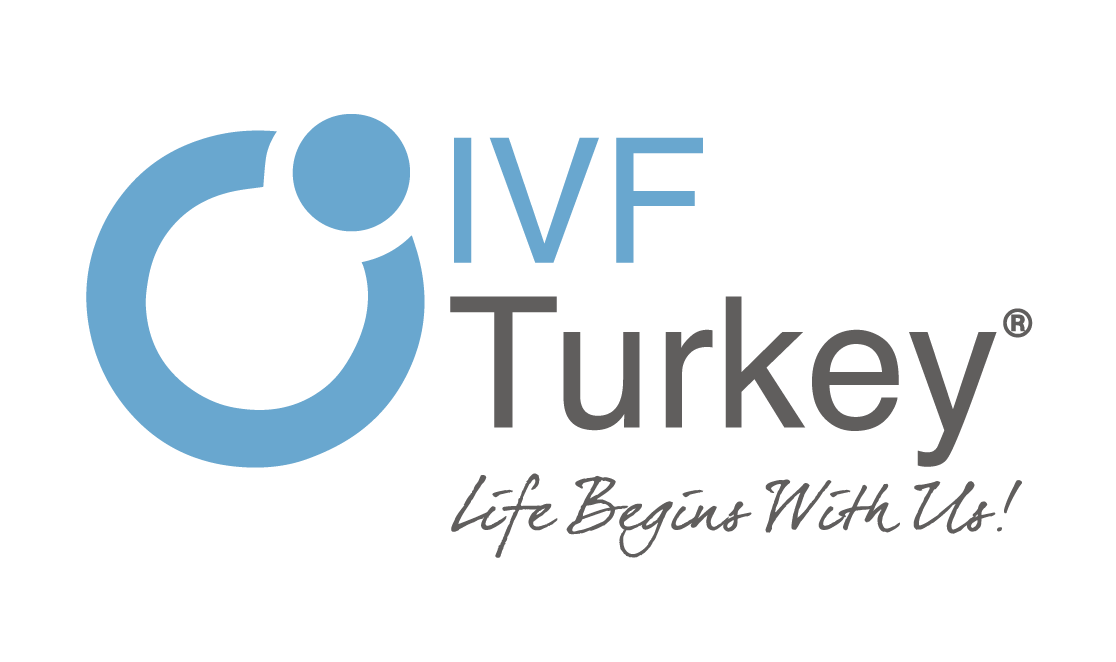What is Ovarian PRP Treatment?
Ovarian Platelet-Rich Plasma (PRP) treatment is an emerging medical technique designed to address certain fertility-related issues in women. It involves the extraction and concentration of platelets from a small sample of the patient’s blood, which is then re-injected into the ovaries. The platelets contain growth factors that can stimulate cell regeneration and healing. Ovarian PRP treatment is believed to potentially improve ovarian function, enhance egg quality, and restore hormonal balance.
It is primarily considered for women experiencing diminished ovarian reserve or premature ovarian aging, conditions that may affect fertility. While research is ongoing to determine the efficacy of ovarian PRP treatment, it offers promise as a non-invasive approach to support women in their quest to overcome infertility and optimize their reproductive health. It’s important to note that this technique is still relatively new, and its long-term effectiveness and safety are subjects of ongoing investigation and clinical studies.
How is Ovarian PRP Injection Done?
Ovarian Platelet-Rich Plasma (PRP) injection is a procedure designed to potentially improve ovarian function and fertility in women. While the technique is still relatively new, it is performed as follows:
- Patient Evaluation: Before the procedure, a thorough evaluation of the patient’s medical history, hormone levels, and ovarian reserve is typically conducted to determine the suitability of ovarian PRP treatment.
- Blood Sample Collection: The procedure begins with the collection of a small blood sample from the patient, usually from the arm, in a manner similar to a routine blood draw.
- Centrifugation: The collected blood is then processed using a centrifuge. This machine separates the blood components and isolates the platelet-rich plasma, which contains growth factors.
- Local Anesthesia: To minimize discomfort, the pelvic area and the ovaries are often numbed with a local anesthetic.
- Injection: A fine needle is used to inject the concentrated PRP directly into the ovaries under ultrasound guidance. The goal is to introduce the growth factors to the ovaries to potentially stimulate tissue regeneration and improve ovarian function.
- Recovery: Following the procedure, patients may experience mild discomfort or bloating, which is usually temporary. They are typically monitored for a short time to ensure there are no immediate complications.
It’s important to note that ovarian PRP is still considered experimental in many medical circles, and its safety and efficacy are subjects of ongoing research and clinical studies. While it offers promise as a potential treatment for certain fertility-related conditions, it is essential for patients to consult with a fertility specialist to discuss the procedure, its risks, and potential benefits before considering ovarian PRP treatment. Additionally, as research advances, the procedure may evolve with refinements and improvements in the future.
Ovarian PRP cost
To provide a rough estimate of the cost of ovarian PRP treatment in Turkey, the USA, and the UK, it’s important to note that prices can change over time and are influenced by factors such as the reputation of the clinic, the experience of the medical team, and the region where the clinic is located. Here’s a sample table that illustrates potential cost ranges for ovarian PRP treatment in these countries:
| Country | Cost Range for Ovarian PRP Treatment |
|---|---|
| Turkey | $1,500 – $3,000 USD |
| USA | $2,500 – $5,000 USD |
| UK | £1,500 – £3,500 GBP |
Please keep in mind that these figures are general estimates and can vary significantly depending on several factors, including the specific clinic, the complexity of the procedure, and any additional services or assessments required before the treatment. Additionally, pricing can change over time, so it’s essential to contact healthcare providers directly to obtain accurate and up-to-date cost information.
Patients considering ovarian PRP treatment should discuss the cost, payment options, and any financing plans with the chosen fertility clinic or healthcare provider. It’s also important to inquire about the clinic’s refund policies or guarantees, as well as to explore potential avenues for financial assistance if needed.
What are the success rates or expected outcomes of ovarian PRP treatment, and how long might it take to see results?
The success rates and expected outcomes of ovarian Platelet-Rich Plasma (PRP) treatment are still a subject of ongoing research and investigation, and they can vary from person to person. This experimental procedure is relatively new in the field of fertility medicine, and as such, data on its effectiveness is limited. However, here are some general considerations:
- Expected Outcomes: The potential outcomes of ovarian PRP treatment may include an improvement in ovarian function, enhanced egg quality, and a possible restoration of hormonal balance. These improvements could theoretically lead to an increased chance of natural conception or improved results with assisted reproductive technologies.
- Variable Results: The efficacy of ovarian PRP can vary among individuals, as it may depend on the specific underlying fertility issues and the patient’s unique medical history.
- Timeframe: The time it takes to see results, if any, can also vary. Some individuals might observe changes in their menstrual cycle or hormonal balance within a few months, while others may require more time. It’s crucial to approach ovarian PRP treatment with patience and realistic expectations.
- Additional Research: Ongoing clinical studies and research are crucial to further understanding the long-term outcomes and effectiveness of this procedure.
It’s important to note that ovarian PRP is still considered experimental in many medical circles, and patients should carefully weigh the potential benefits and risks in consultation with a fertility specialist. The decision to pursue ovarian PRP should be made on a case-by-case basis, considering the individual’s specific circumstances and the available medical evidence. Additionally, as research continues, the procedure may evolve, potentially leading to more defined success rates and expectations in the future.



